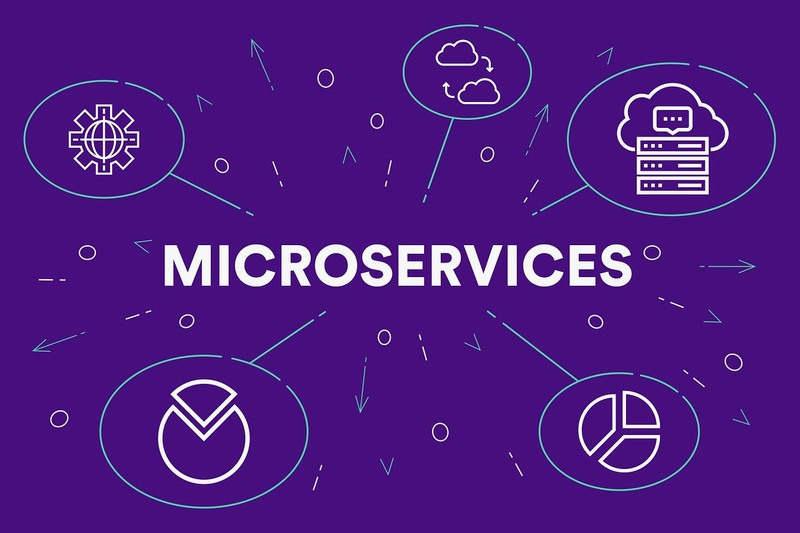January 28, 2025
Securing Microservices on Kubernetes
Microservices have become the backbone of modern applications, introducing scalability, flexibility, and numerous other benefits. However, running these applications on Kubernetes comes with significant responsibilities, one of the most critical…
-
Read By - 2 minutes
-
Date - January 28, 2025
-
Category - Cloud Kubernetes
-
Tags - Kubernetes


